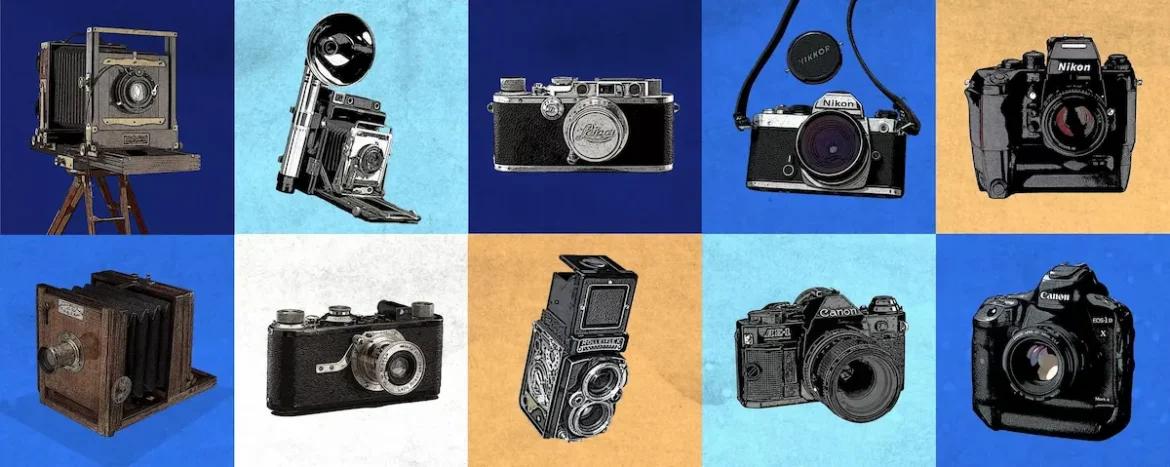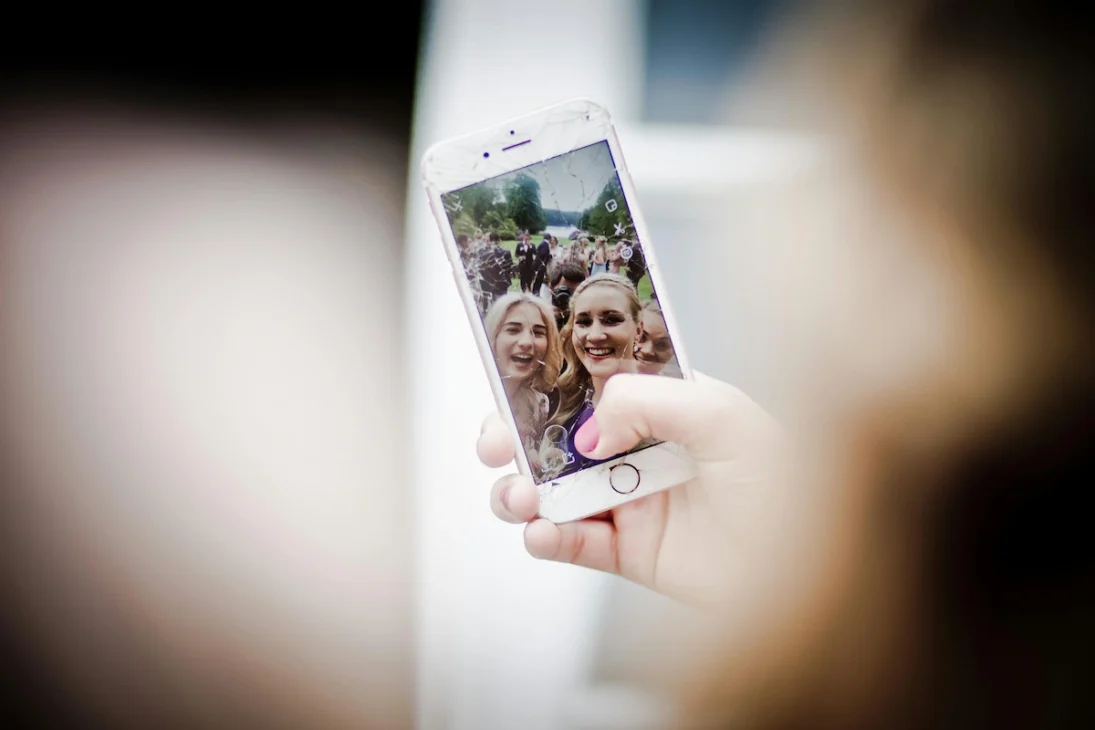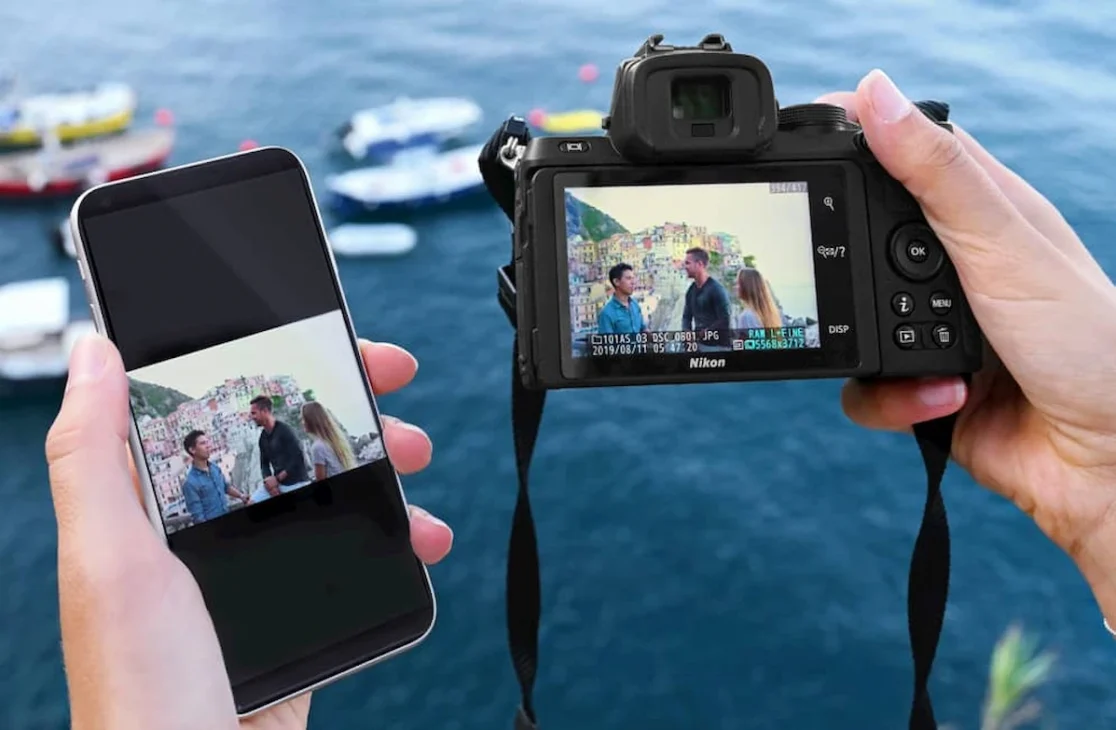Robert Cornelius: The Guy Who Invented the Selfie in 1839

Have you ever wondered who invented the selfie? You might think of smartphones, social media, or Instagram, but the story actually goes back over 180 years. The first known photographic self-portrait was created in 1839 by Robert Cornelius, a young chemist and photography enthusiast from Philadelphia.
To make it work, Cornelius had to sit still for several minutes while the daguerreotype camera captured his image, an act of patience that reflected both the challenges of early photography and his determination to master it. Daguerreotypes were revolutionary at the time because they preserved a person’s likeness with an accuracy and permanence that painting could never fully achieve.
The Birth of the First Selfie

In October 1839, Cornelius set up a camera in the yard behind his family’s gas lamp business. Using a daguerreotype, a new photographic process at the time, he removed the lens cap, ran into the frame, sat still for several minutes, and then covered the lens. The result? The earliest known photographic self-portrait in the United States, and one of the first anywhere in the world.
Because daguerreotypes required long exposure times, Cornelius had to remain perfectly still. His patience and precision weren’t just technical feats; they reflected his dedication to capturing images in a way few people had attempted before.
Robert Cornelius: Photographer, Inventor, Pioneer

Robert Cornelius wasn’t just experimenting; he was shaping the future of photography. After taking the famed 1839 self-portrait, he opened one of America’s earliest photographic studios.
- Accessible Portraiture: His studio made daguerreotype portraits available to ordinary Philadelphians, not just the affluent.
- Technical Meets Entrepreneurial: As a trained chemist, Cornelius blended scientific precision with business savvy, helping democratize photography.
The spirit of his work echoes what Louis Daguerre himself once proclaimed:
I have seized the light! – I have arrested its flight!
— Louis Daguerre, as cited by AZoOptics.
Daguerre’s words captured the wonder of invention, and Cornelius embodied them by turning that marvel into something tangible and accessible.
From Daguerreotypes to Digital: The Evolution of the Selfie

The journey from Robert Cornelius’s 1839 daguerreotype to today’s smartphone selfies is a story of technology meeting culture. Each leap made self-portraits faster, easier, and more personal:
- 1839: Robert Cornelius captures the first known photographic self-portrait.
- Late 1800s: Portable cameras (like Kodak) put photography in the hands of everyday people.
- 1970s–80s: Polaroids make instant self-portraits possible no darkroom required.
- 2003: Camera phones arrive, making photography a pocket-sized habit.
- 2010: The iPhone 4 introduces the front-facing camera, sparking the modern selfie boom.
The iPhone era didn’t just make selfies easier; it set the stage for filters, instant sharing, and viral moments. From Snapchat dog ears to Instagram’s face-smoothing effects, selfies evolved from rare portraits into a universal form of digital self-expression.
Selfies in the Social Media Era: How Modern Generations Are Shaped

Selfies today are more than snapshots they’ve evolved into a digital language. Platforms thrive on self-portraits that express identity, creativity, and connection.
But this constant visibility has a cost:
- Pew Research Center stated that nearly half of teens believe social media negatively affects people their age, with many admitting they spend too much time online.
- According to ElectroIQ, 41% of Gen Z users feel anxious or sad because of social media, and 60% say it harms their self-esteem.
- The McKinsey highlights that while younger generations report more negative emotional impacts than older cohorts, they also gain stronger opportunities for self-expression and connection especially when in-person communities are out of reach.
Yet selfies aren’t only about vanity they’re also tools of self-expression and empowerment. For Gen Z, they help shape digital identity and provide representation where traditional media falls short. Social platforms give marginalized groups visibility and control over how they’re seen.
Selfies aren’t just quick snapshots anymore; they’ve become cultural tools, shaped by filters, trending aesthetics, and entire platforms dedicated to visual storytelling. For many, selfies are about capturing a moment, whether that’s a quiet mood at home or a breathtaking sunset during travel. Iconic locales have become stages for sharing identity through imagery.
The Dark Side of Selfies

Selfies are more than casual snapshots they’re a window into identity, culture, and emotion. While they can empower and connect, they also come with pressures and pitfalls. From appearance anxiety to self-expression, the impact of selfies is complex, revealing both the highs and lows of digital self-representation.
Appearance Pressure
Selfies haven’t escaped criticism. Filters and editing tools, BioMed Central notes, can lower self-esteem, increase appearance anxiety, and leave users dissatisfied with their natural image. Many feel worse when comparing themselves to idealized, filtered versions, creating an endless cycle of self-scrutiny.
This pressure has even led to “Snapchat dysmorphia,” a term popularized by the New York Post for people seeking cosmetic surgery to resemble their filtered selfies. Beyond vanity, selfies also reflect deeper struggles with identity and vulnerability, as seen in Gen Z trauma culture online, where selfies serve as emotional statements capturing not just how they look, but how they feel.
Empowerment and Expression
Yet selfies aren’t purely negative. PMC highlights how they can empower users and give visibility to marginalized groups, serving as tools of self-representation and identity where mainstream media falls short. Selfies can challenge norms, reclaim narratives, and foster connection, allowing users to tell personal stories, celebrate milestones, and make cultural statements.
In the end, selfies reveal both the pressures of perfection and the power of personal expression. To understand this duality, it helps to look back at Robert Cornelius and the daguerreotype that started it all in 1839, a quiet experiment whose legacy still echoes through every snapshot we take.
Why It Matters

Understanding the history of selfies is more than trivia; it’s a reminder of how technology and creativity intersect to shape culture. From Cornelius’s careful experiment in 1839 to today’s effortless smartphone snapshots, selfies have always been about more than images they’re about identity, memory, and how we choose to present ourselves to others.
Robert Cornelius may have created the first selfie, but what he really sparked was a way of seeing ourselves: sometimes through vanity, other times through empowerment and connection.
In a world where selfies can both unite and distort, his quiet moment in front of the daguerreotype still resonates and hints at the possibilities ahead, from new social platforms to AI-enhanced portraits and AR filters that will continue transforming how we capture and share our identities.
FAQs
Where does the word “selfie” come from?
The term first appeared in 2002 on an Australian news website. By 2012 it became a global trend, and in 2013, the Oxford English Dictionary named it Word of the Year.
When was the camera invented?
The first camera was created in 1816 by Joseph Nicéphore Niépce. Though basic, it laid the foundation for modern photography.
Who took the first photograph?
Niépce also captured the first surviving photograph in the 1820s from his window in France, considered the oldest permanent photo still in existence today.


